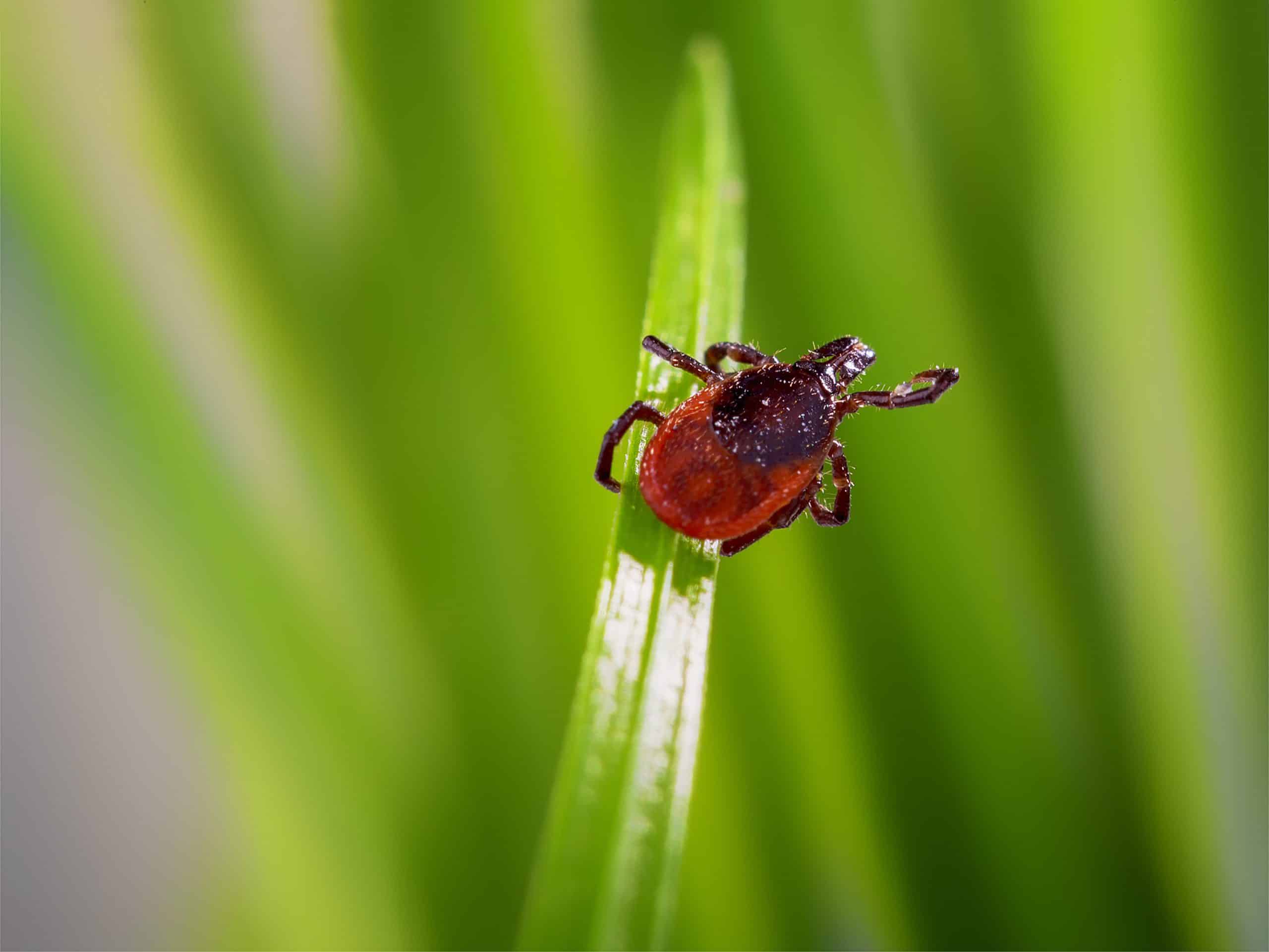Tick populations typically surge during the warmer summer months and it is important to educate yourself on the dangers associated with ticks and identify steps to ensure your property, family, and pets are protected from tick-related health threats.
With everyone eager to get outside and enjoy the great outdoors after a long Midwest winter, it’s important to remember that ticks can put a damper on your outside activities.
Campers, hikers, bike riders, golfers, backyard gardeners, and picnickers need to take protective measures to limit contact with ticks and avoid becoming one of the more than 475,000 persons who are diagnosed with Lyme disease annually in the United States.
Don’t Tick Me Off
Tick populations typically surge during the warmer summer months and it is important to educate yourself on the dangers associated with ticks and identify steps to ensure your property, family, and pets are protected from tick-related health threats.
Ticks live in tall grass and wooded areas. They don’t jump or fly but instead crawl up low brush or grass to find a passing human or animal host. Anyone spending time outdoors should protect themselves against ticks because although they are small, the diseases they can pass on from a bite are quite dangerous.
How can you tell if you’ve been bitten by a tick and may have contracted Lyme disease? According to the Centers for Disease Control and Prevention (CDC), tick bites appear as a small, red bump – like a mosquito bite. If you notice a “bullseye” rash, it could be a sign of Lyme disease and you should consult with a doctor.
Tick Prevention Tips
An ounce of prevention equals a pound of cure and Rottler Pest Solutions offers the following prevention tips to avoid the health threats associated with ticks.
- Landscape Your Yard. Keep grass cut low and remove weeds, woodpiles, and debris. Ticks are found in high grass, and yards with shrubbery.
- Protect Your Skin. Wear long pants, long-sleeved shirts, and closed-toe shoes when outdoors, especially in wooded areas or tall grasses. Choose light-colored clothing that makes it easier to spot ticks and other insects.
- Use an Effective Bug Repellant. Always apply an insect repellant containing at least 20 percent DEET to protect against ticks when spending time outdoors and reapply as directed on the label.
- Regularly Check for Ticks. Most ticks require 24-48 hours of feeding before they can successfully transmit infections, so it’s crucial to perform a thorough tick check immediately after spending time outdoors. Be sure to check all areas of the body, including the hair.
- Don’t Forget About Pets. Check pets frequently for ticks, especially after the animal has been outside. Consult with a veterinarian about prevention and treatment options available to pets and wash pet bedding and toys frequently.
- Brush up on Proper Removal Techniques. Use fine-tipped tweezers to remove a tick, using a slow, steady pulling motion. Wash hands and the bite site thoroughly with soap and water and flush the tick down a toilet or wrap it in tissue before disposing in a closed receptacle.


